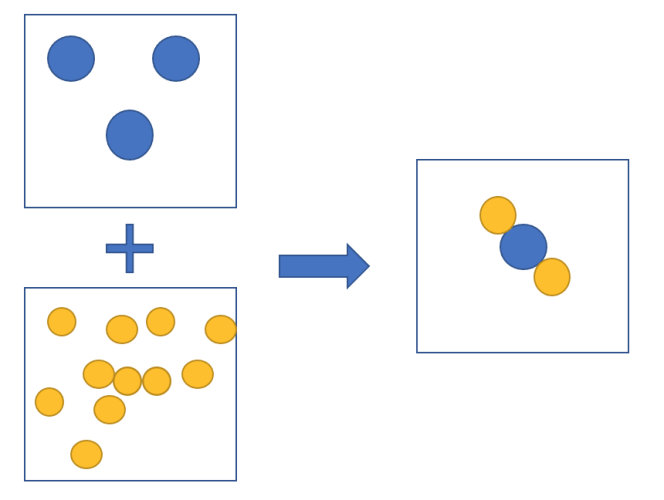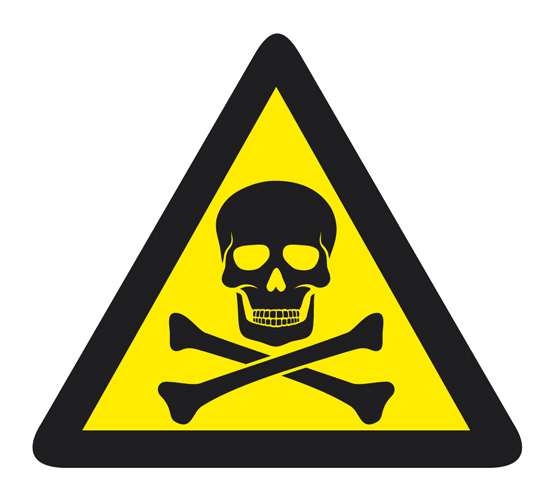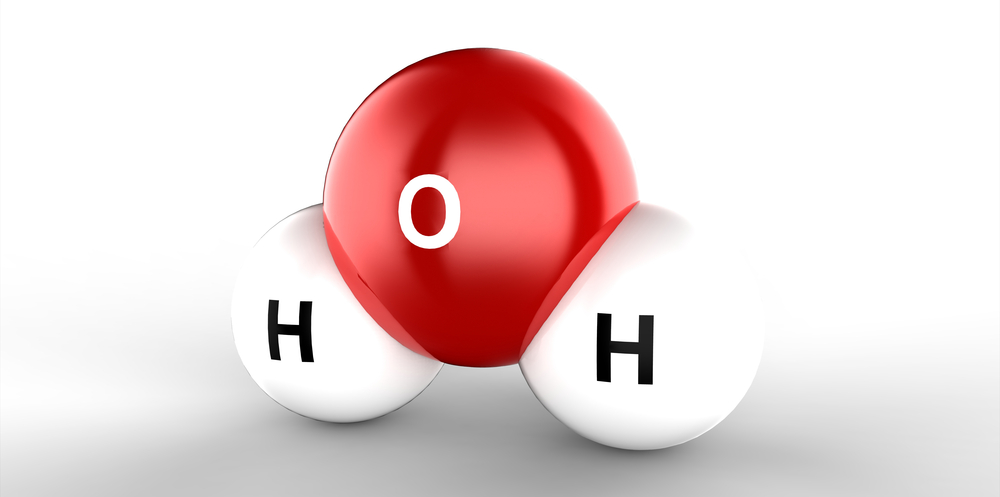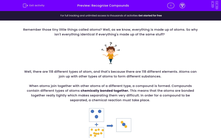Remember those tiny little things called atoms? Well, as we know, everything is made up of atoms. So why isn't everything identical if everything's made up of the same stuff?

Well, there are 118 different types of atom, and that's because there are 118 different elements. Atoms can join up with other types of atoms to form different substances.
When atoms join together with other atoms of a different type, a compound is formed. Compounds contain different types of atoms chemically bonded together. This means that the atoms are bonded together really tightly which makes separating them very difficult. In order for a compound to be separated, a chemical reaction must take place.

Take a look at the picture above. It shows two elements joining together to make a compound.
Some examples of compounds are things you would have come across on a daily basis - water and carbon dioxide. The salt you put on your chips, and the vinegar too, are both compounds.
The properties of a compound are often very different to the properties of the elements it is made of. Let's take salt as an example. Common salt that we use in our food is called sodium chloride - it is a compound made from the elements sodium and chlorine. We can't safely eat sodium or chlorine (we'd die if we did!) but when they are joined in a compound, their properties change and we can safely eat it!

We can use particle diagrams to show compounds:

The molecule above is a water molecule - it is a compound as it is made from two different types of atoms. That means it is made from two different elements. We know they are different types of atoms as they are different colours and shapes. Water is made from two atoms of an element called hydrogen and one atom of an element called oxygen.
By the way, a compound is very different to a mixture. A mixture is a substance consisting of two or more substances, but they are not chemically bonded together. So separating a mixture can be done easily.
Think you've got the idea about compounds now? Lets have a look at some questions together......








